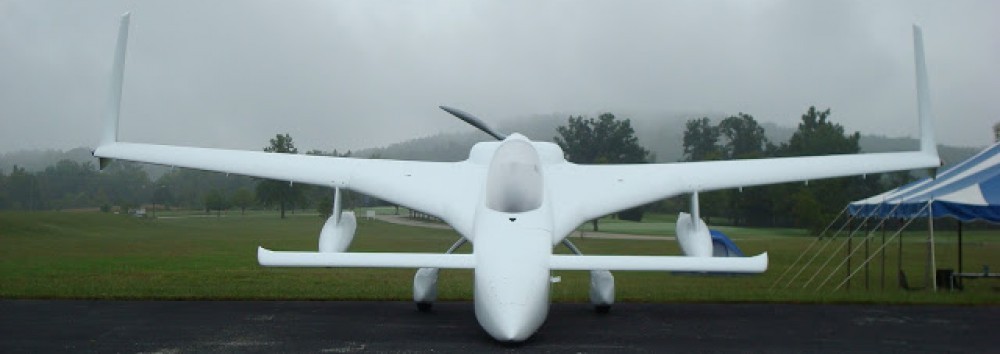Well, once again I was met by a giant creature wanting to help out with the build (all except the squirrels and field rats… they tear the place up!). As you can see I had a giant Dragonfly hanging out on the door wanting in. Most likely because the weather has been much cooler lately. He wanted some of that warmer shop air!
As I pondered on my upcoming layups last night and this morning, I realized that I had to do some tweaking prior to knocking out these layups. Since I had to pull the top cowling off to do these pre-layup mods, I grabbed these shots of the protective tape on the bottom cowling, the taped thin cardboard forms (taped to the cowl TE) and the taped up wing flanges.
I actually wet out the pre-pregged 3-ply CF setups, then wet out the lower/outer peel ply on the tape, and then laid up both left & right cowl sides with CF before ever putting the top cowl back on. In fact, I applied and wetted out the inside peel ply on the CF layup before the top cowl went back on.
I then rolled the layup over onto itself going forward and mounted the top cowl. I then reached up into the cowling and pushed and prodded the layups into the position I wanted.
Since I hadn’t yet secured the taped cardboard form in place yet, I could visually see the gap part of the layup. The area of the layup on the bottom cowl I had pretty much finished prior to the cowl going on. I could feel the layup on the underside of the top cowling as well.
I then visually ensured the gap area looked good and then taped the form into place. That’s what you see in the pics below.
The one little snag I had is that the front edge of the middle third transition flange layup has a slight curve to it, and my form wanted to sit flat with the edge a straight line (the ‘ol shortest distance from point a to point b thing!). Since there is no overlap from this layup onto the middle one, to correct the non-curve issue I simply slid a pointed razor blade into the seam and pulled the layup edge into position. I then taped the razor blade in place at the correct angle and left the layup to cure (note the black duct tape).
On the right side I had a bit of the same issue, but a double ply of Gorilla duct tape was enough to keep the new straight layup in line with the “old” middle flange edge.
These layups weren’t necessarily difficult, just tedious with constant prep steps and checks to ensure all was good since I was flying only by feel on a good bit of it. I did double check my work with a work light and a mirror, and thankfully it all looked pretty good.
Back in the house, as I was making dinner, I went into arts ‘n craft mode by using a glue stick to attach the cut off top portions of the armpit inlet baffle (“ramp”) templates to a blank piece of printer paper. I then drew a 1/2″ extension on all of them (the tab to rivet to the lower ramp pieces) and made a photocopy of them on my printer.
I then cut out the new extended versions of the top ramp portions to use to create the aluminum top segments of the ramps. I will verify each one’s shape though with my engine configuration before I do any cutouts of aluminum.
And with that, I called it a night. Tomorrow my goal will be to get the 2-ply CF tape laid up on the inside of the flanges to secure them together and create a 5-ply flange to mount the CAMLOC receptacles to.






